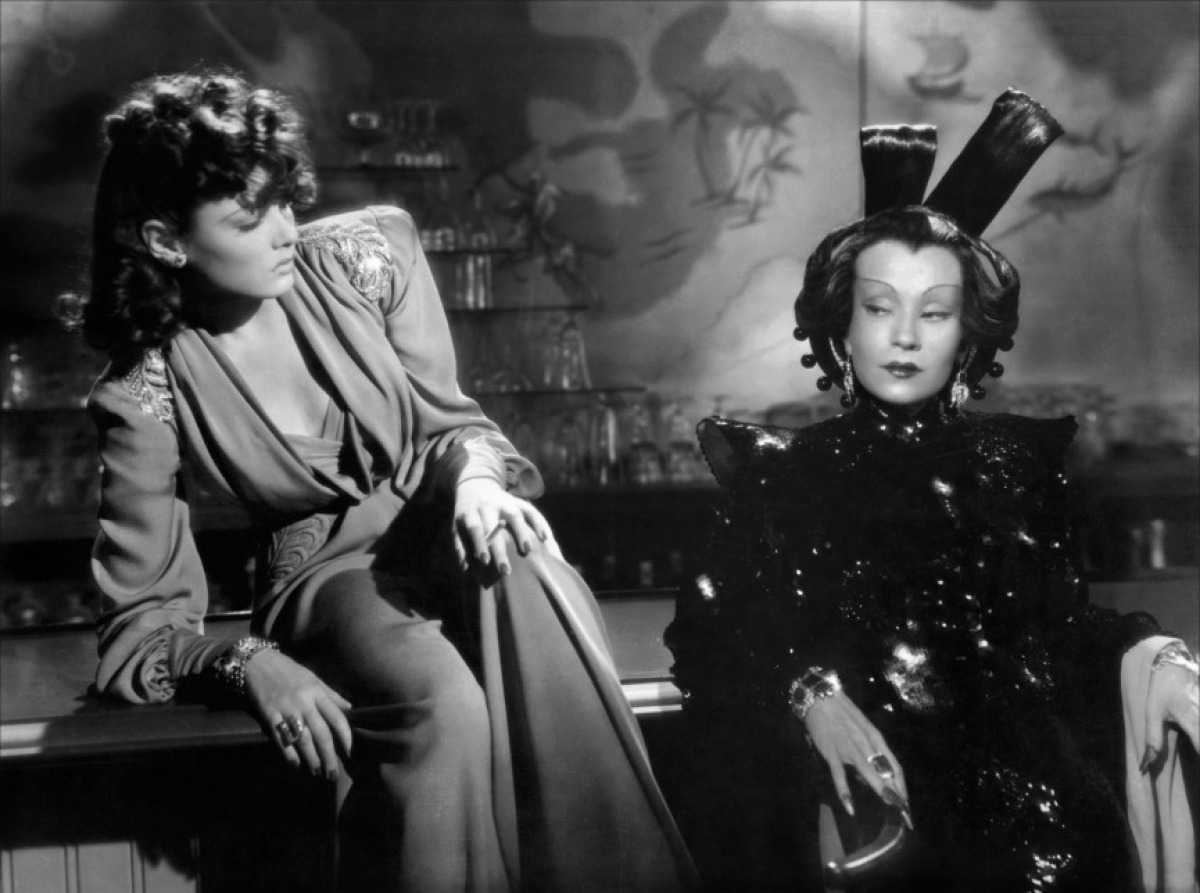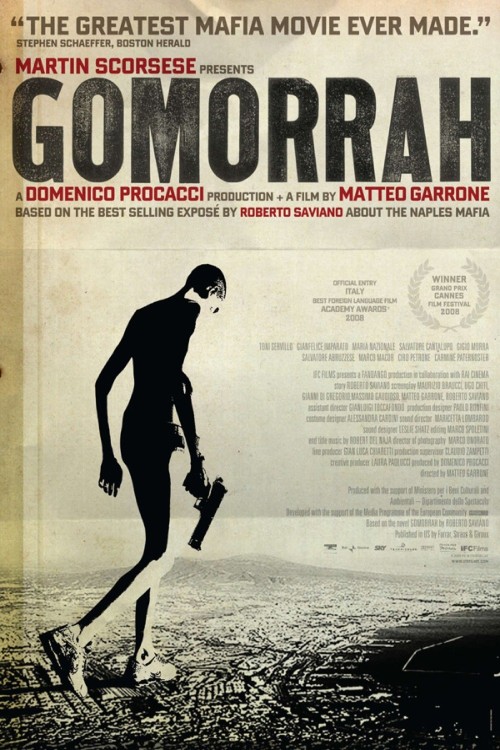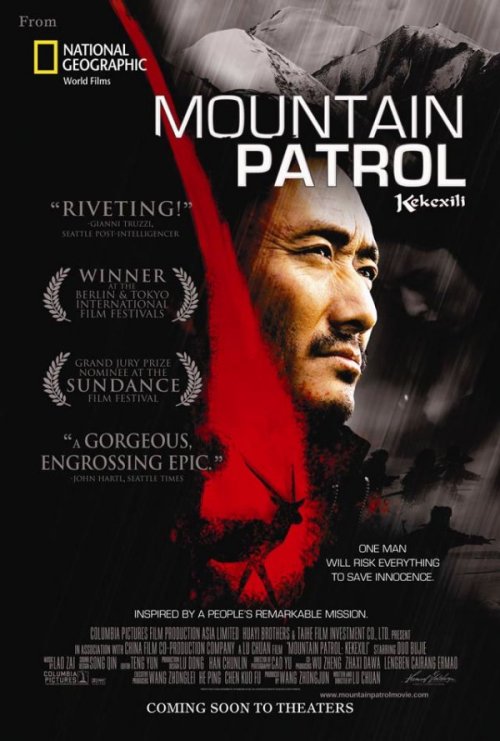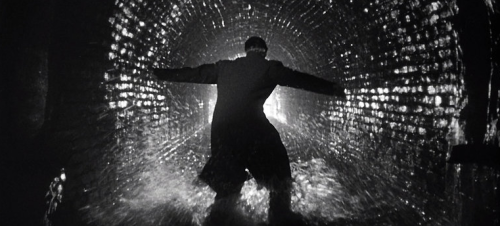Late at night, trying out different Korean music videos on cable OnDemand, I noticed something. It is not influence I'm suggesting or exemplary work I'm praising. There are simply some similarities I wanted to compare.
The four young women that comprise the pop group 2NE1 are kept separate for much of the song; lounging, searching. Their gaze is constantly angled, examining themselves or reaching elsewhere. If they face the camera, it is rarely sustained. These looks at the camera are often partly in shadow, at a diagonal, fleeting in motion, supported by shots of other members of the group, or through a mirror; sparsely distributed through the video until they climax in raid brighter-colored montage.
Outward excess is shown through a gaze both poetic and voyeuristic. One member's dance faces an empty armchair, while another is turned inward, a personal movement. There is an audience in mind, if not present. The group's usual hypersaturated palette, and extreme assemblage of high fashion would not be out of place in the casino of The Shanghai Gesture.
Josef von Sternberg was shameless in exploiting "foreign" stereotypes to create his idealized, often depraved, settings for desire. "I Love You" is from an Korean group and presumably filmed by an Asian director whose name I could not find. It uses many locations and objects exotic in design if not in use: the lighthouse shown below looks like a prop from a silent film, and one sensual gesture of brushing past hallway doors is quiet but memorable.
Many of the videos of 2NE1 are designed to create glamorous, bizarre yet fun worlds for school-age through pop-loving-adult fans. Both bodies of work strive to conjure escape in flickers, to embrace opulence and ridiculousness in impermanent forms.
As stated near the beginning, the slower songs of 2NE1 and other musical acts usually feature one or more people staring, in frames easy to mold towards whatever lyrics are being sung at the moment. What struck me about this video was how it indulged in languor.
Females in von Sternberg's films often slink and recline, and even in the relatively more realist silent The Docks of New York, key moments feature the heroine lying in bed. "I Love You" has been discussed as a typical song about obsession, another trait common to characters in von Sternberg's films. The women of 2NE1 and von Sternberg's heroines are presented lingering within their emotions, unsettled even in their dream worlds, restless but held back until the right moment for the direct gaze.































